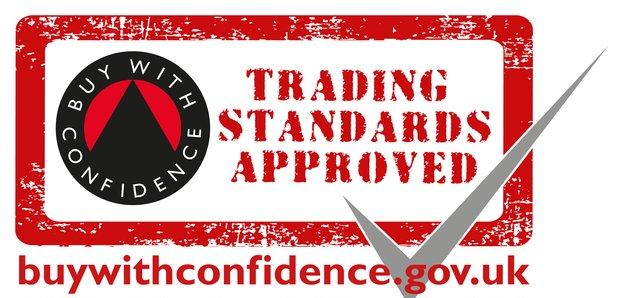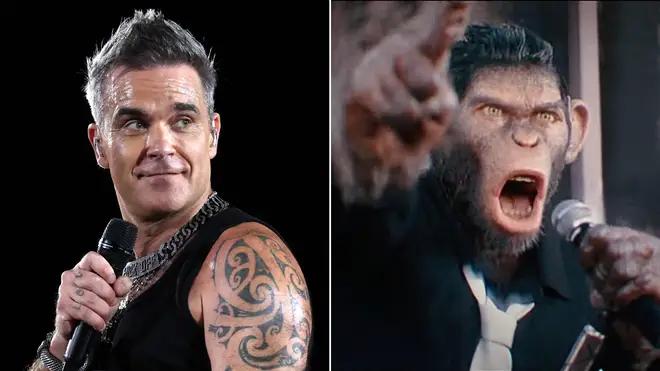Few songs capture the spirit of the 1980s quite like “Come on Eileen.” This infectious anthem, by British band Dexys Midnight Runners, topped charts worldwide upon its release in 1982. Decades later, it remains a beloved classic, instantly recognizable for its distinctive blend of Celtic folk, soulful vocals, and irresistible energy. But what is the story behind this enduring hit? Let’s delve into the fascinating history of “Come on Eileen,” exploring its origins, meaning, and lasting impact on popular music.
The Making of a Classic: Inspiration and Controversy
While the official writing credits for “Come on Eileen” list Dexys Midnight Runners frontman Kevin Rowland, along with Jim Paterson and Billy Adams, the song’s genesis is a little more complex. Rowland has acknowledged the influence of former band member Kevin Archer, who left the group in 1981. Although no direct musical elements were copied, Rowland admitted to borrowing the idea of blending a Motown-inspired beat with soaring violin melodies from Archer’s demos. This fusion of seemingly disparate genres became a hallmark of Dexys Midnight Runners’ sound and was central to “Come on Eileen’s” appeal.
The song’s lyrics, brimming with youthful yearning and a touch of rebellion, also played a crucial role in its success. Despite initial claims that “Eileen” was based on a real-life childhood sweetheart, Rowland later revealed the character to be a composite, representing the struggle against Catholic repression. This element of social commentary, subtly woven into the song’s narrative, added a layer of depth beneath its infectious energy.
Decoding the Lyrics: From “Too Rah Loo Rye Aye” to Johnnie Ray
One of the most distinctive elements of “Come on Eileen” is its instantly memorable chorus, punctuated by the enigmatic phrase “Too Rah Loo Rye Aye.” This seemingly nonsensical utterance actually originates from a traditional Irish-American lullaby, “Too-Ra-Loo-Ra-Loo-Ral (That’s an Irish Lullaby).” Popularized by Bing Crosby in the 1944 film “Going My Way,” the lullaby’s title, thought to be a playful interpretation of a flute’s sound, found new life as a chant-along hook in Dexys Midnight Runners’ hit.
Further enriching the lyrical landscape is a reference to American singer Johnnie Ray, known for his emotional ballad “Cry.” The inclusion of Ray’s name, alongside the song’s themes of teenage longing and burgeoning sexuality, highlights the influence of classic American music on Rowland and his bandmates. These seemingly disparate elements, seamlessly woven together, create a rich tapestry of musical and cultural references that elevate “Come on Eileen” beyond a simple pop song.
Visualizing the Music: The Iconic Music Video and Album Cover
No exploration of “Come on Eileen” would be complete without mentioning its iconic music video. Directed by Julien Temple, known for his work with the Sex Pistols, the video perfectly encapsulates the song’s raw energy and streetwise charm. Set in a working-class neighborhood, the video features a spirited performance by the band interspersed with scenes of youthful exuberance and a touch of mischief. Adding a layer of intrigue is the appearance of Máire Fahey, sister of Bananarama’s Siobhan Fahey, as “Eileen.”
The song’s parent album, “Too-Rye-Ay,” also deserves recognition for its visual impact. The album cover, featuring a black-and-white photograph of the band dressed in their distinctive dungarees and newsboy caps, further solidified their image as a group that defied easy categorization. This potent combination of visual and sonic elements cemented Dexys Midnight Runners’ place in music history.
A Legacy of Covers and Cultural Impact
The enduring appeal of “Come on Eileen” is evident in the countless artists who have covered the song over the years. From the spirited rendition by the students in the 2003 film “School of Rock” to interpretations by diverse artists like Texas and Nouvelle Vague, each cover offers a unique take on the classic tune. Even the English football anthem “Come on England,” released in 2004, borrowed heavily from the song’s infectious melody, demonstrating its enduring appeal across genres and generations.
“Come on Eileen” is more than just a catchy pop song; it’s a cultural phenomenon. Its infectious energy continues to resonate with audiences, filling dance floors and inspiring singalongs at weddings and parties even today. The song’s enduring legacy is a testament to the power of great songwriting, blending irresistible hooks with heartfelt emotion to create a timeless classic that continues to capture hearts across the globe.



